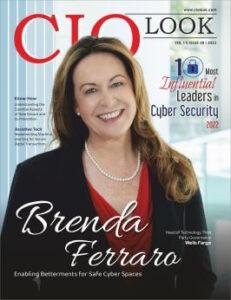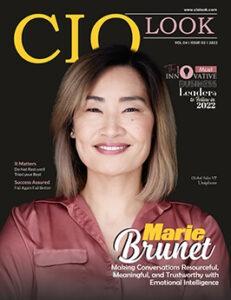Richard Larson
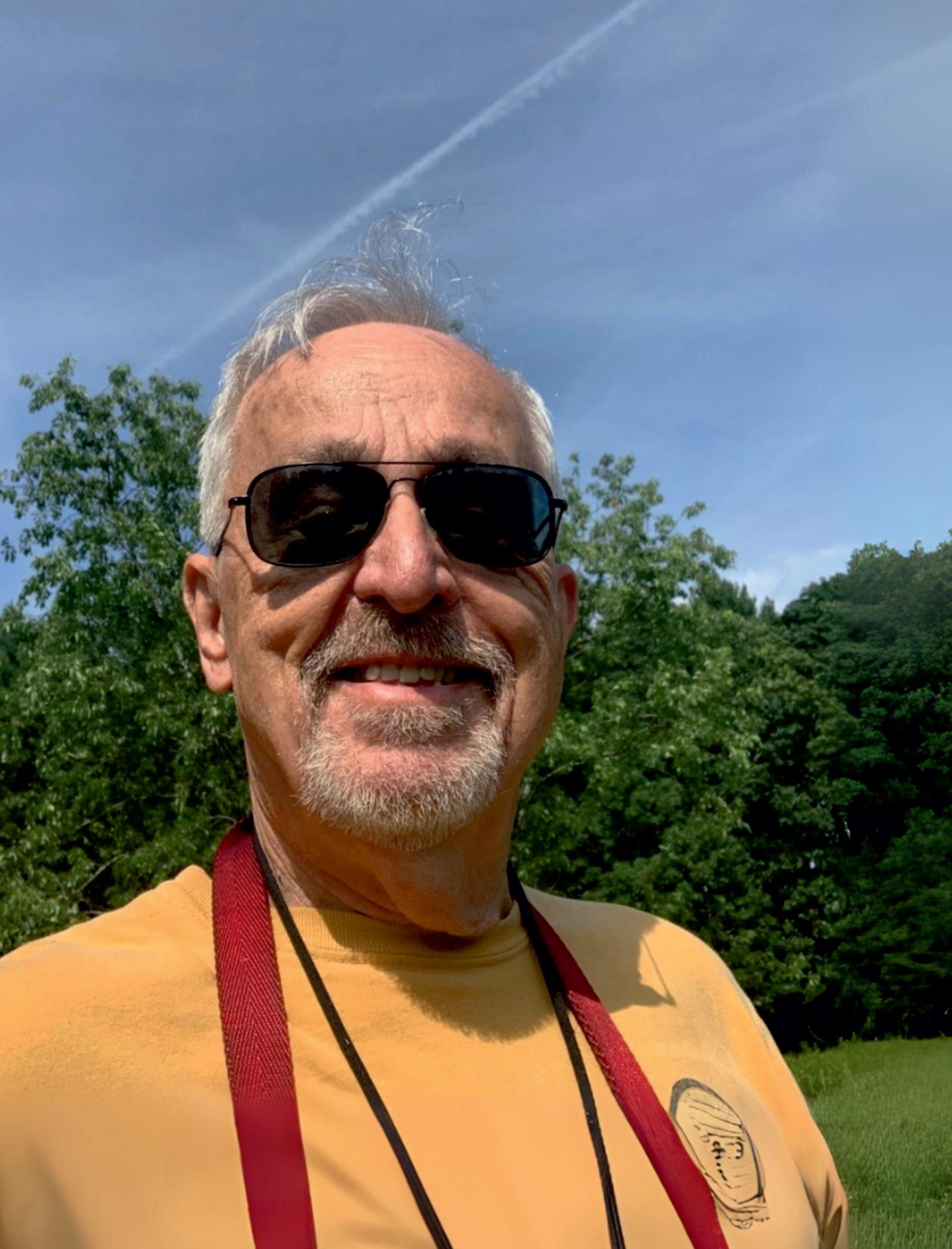
From Passive to Ac�ve Reimagining Educa�on Through the Future of Learning Engaging Students with Modern Teaching Methods

Beyond Boundaries
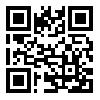
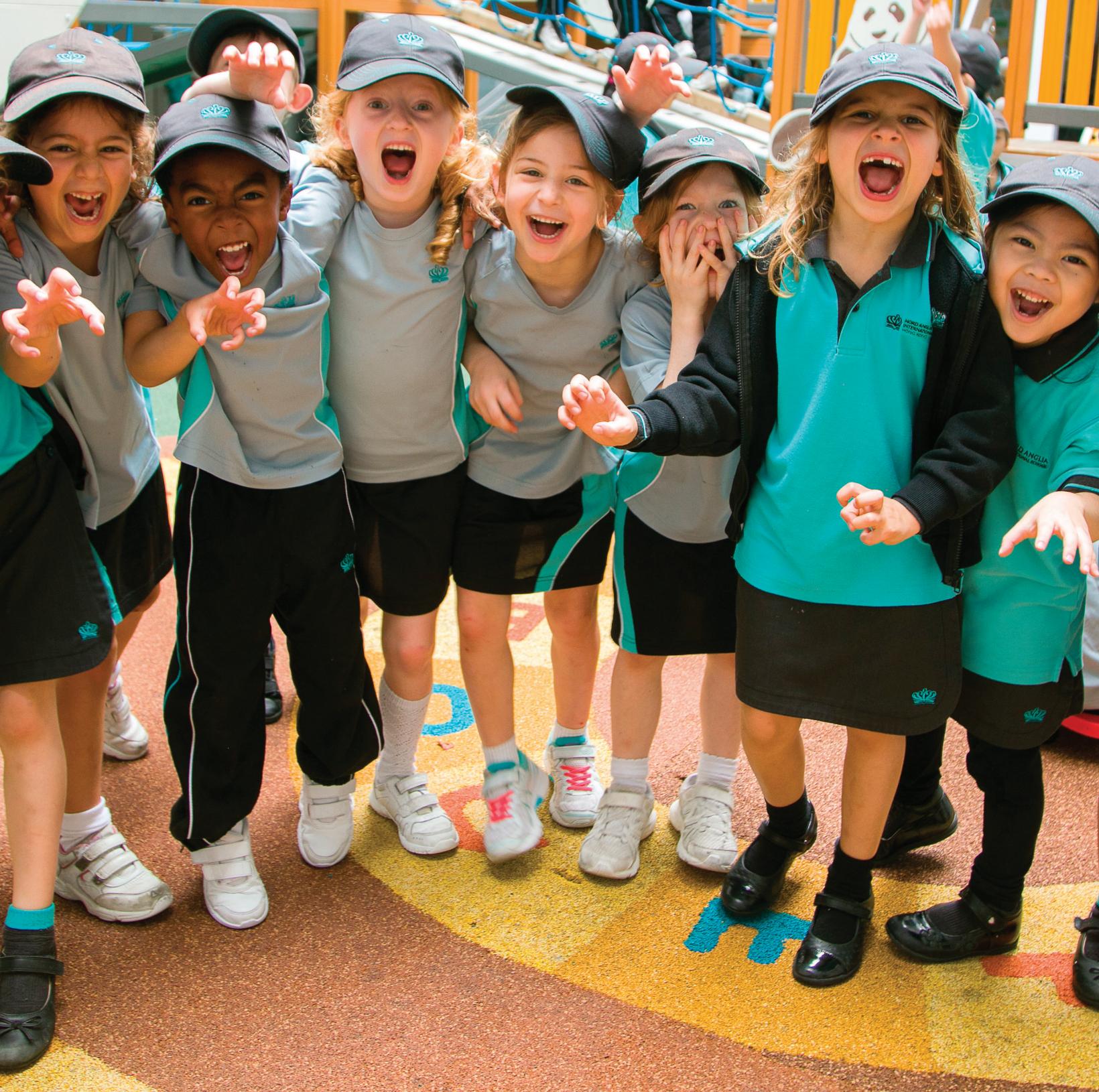
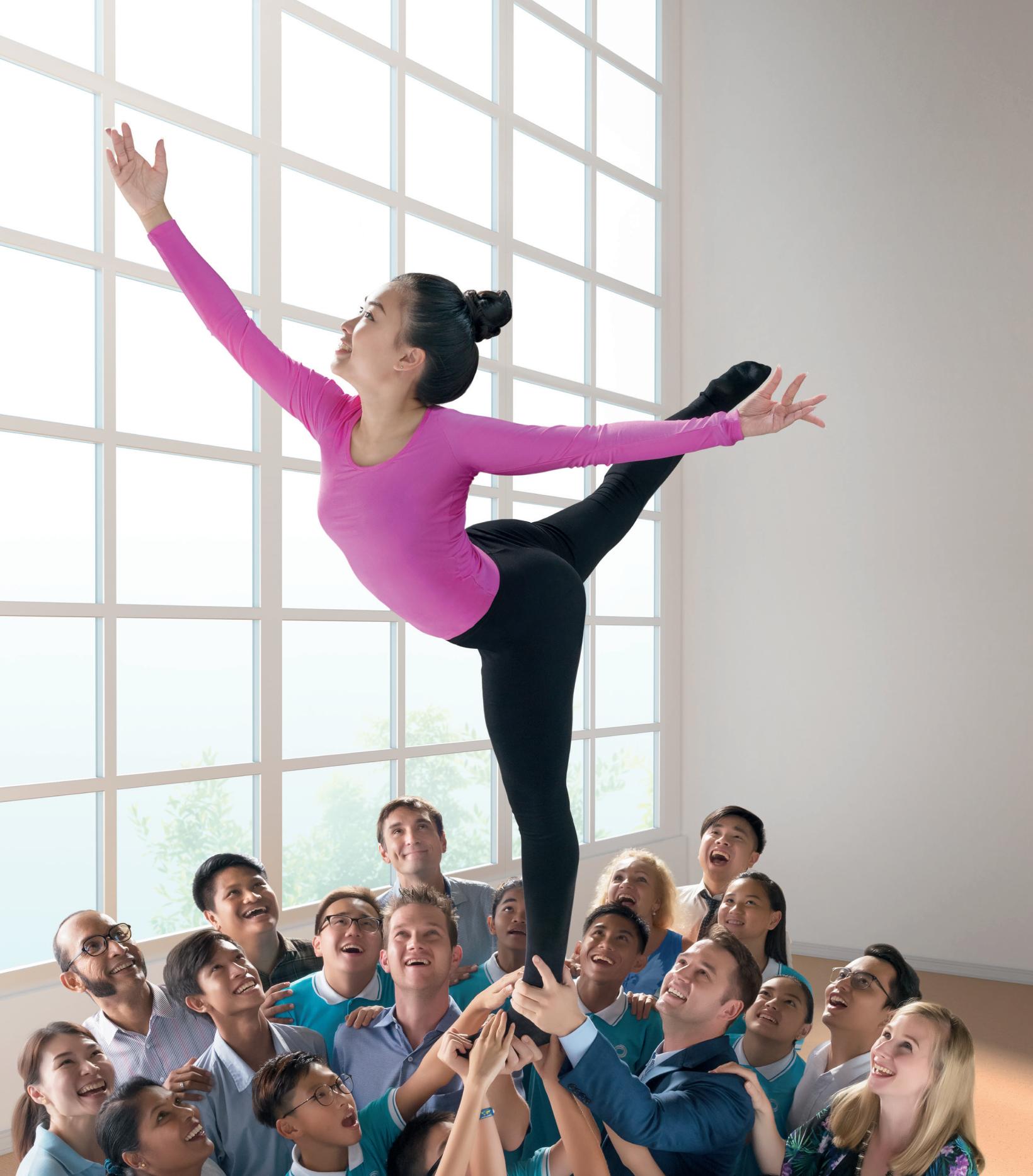



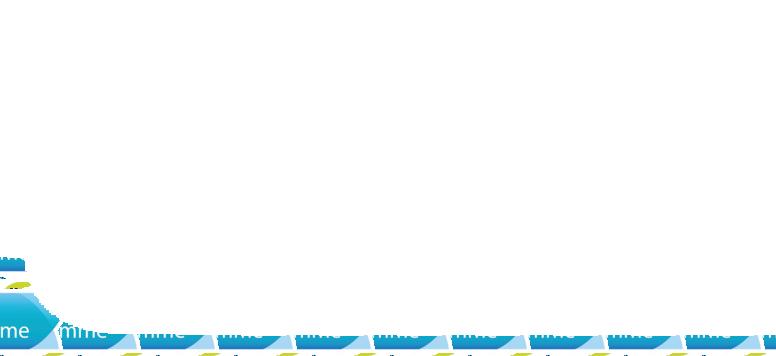




From Passive to Ac�ve Reimagining Educa�on Through the Future of Learning Engaging Students with Modern Teaching Methods

Beyond Boundaries









In a world where innovation never rests, the education sector stands at the threshold of a remarkable transformation.Theyear2025marksadefiningchapter in digital learning one where technology doesn’t just supplementeducationbutredefinesitsverystructure.From AI-driven personalized learning paths to immersive virtual classrooms, the EdTech landscape is rapidly evolving, empoweredbyvisionarieswhoarebridgingthegapbetween accessandopportunity
ThisspecialeditionofCIOLooktitled,TheMostImpactful EdTech Innovators Transforming Digital Learning in 2025, celebrates the trailblazers who are not only reimagining the future of learning but also making it more inclusive, equitable, and engaging. These leaders, through their groundbreaking solutions, are enabling students from all walks of life to learn without barriers geographical, financial,orcognitive.
Whetherit’sthroughgamifiedplatformsthatignitecuriosity inyoungmindsorrobustLMSsystemsthatsupportlifelong
learners, these innovators are leveraging technology not as anend,buttosparkdeeperhumanconnection,engagement, andunderstanding.
Whatsetsthemapartisnotjusttheirmasteryoftechnology, but their unwavering belief in the power of education to changelives.Inamplifyingtheirstories,wealsohighlighta criticaltruth:educationisnolongerconfinedtoclassrooms. Itisadynamic,ever-evolvingexperienceshapedbyvision, purpose,andinnovation.
Wehopethiseditionservesasbothatributeandasourceof inspiration—urgingeducators,technologists,investors,and policymakers to work together toward a more empowered global learning ecosystem. To those lighting the way forward in EdTech—we see you, we celebrate you, and we thankyou.
HappyReading!


C O N T E N T S

16
20
From Passive to Active
Engaging Students with Modern Teaching Methods
Beyond Boundaries
Reimagining Educa�on Through the Future of Learning
PoojaMBansal Editor-in-Chief
CONTENT
Deputy Editor Anish Miller
Managing Editor Prince Bolton
DESIGN
Visualizer Dave Bates
Art & Design Director Davis Mar�n
Associate Designer Jameson Carl
SALES
Senior Sales Manager Wilson T., Hunter D.
Customer Success Manager Collins J.
Sales Execu�ves Tim, Smith
TECHNICAL
Technical Head Peter Hayden
Technical Consultant Victor Collins
SME-SMO
Research Analyst Eric Smith
SEO Execu�ve Alen Spencer

FOLLOWUSON www facebook.com/ciolook www.twi�er.com/ciolook

WE ARE ALSO AVAILABLE ON
Email info@ciolook com For Subscrip�on www.ciolookmedia.com CONTACTUSON
Copyright © 2025 CIOLOOK, All rights reserved. The content and images used in this magazine should not be reproduced or transmi�ed in any form or by any means, electronic, mechanical, photocopying, recording or otherwise, without prior permission from CIOLOOK. Reprint rights remain solely with CIOLOOK.
July,2025
FeaturedPerson
CassieBuchanan CEO
DylanWilliams
PrincinalResearch Fellow
MalcolmPress
Vice-Chancellor
MuhammadAffan
DirectorofIT
RichardLarson Professor
TheCharterSchools EducationalTrust tcset.org.uk
ucl.ac.uk
TheManchester MetropolitanUniversity mmu.ac.uk
SharjahMaritimeAcademy sma.ac.ae
MassachusettsInstitute ofTechnology mit.edu
Apassionateadvocateforequitablelearning,skilledinstrategic planning,curriculuminnovation,andstakeholderengagement, empoweringcommunitiesthroughinclusiveeducationand transformativeleadership.
Aforward-thinkingresearcherspecializingininnovation,data science,andpolicyimpact,blendingacademicrigorwith practicalsolutionstoaddressglobalchallengesineducation andsociety.
Athoughtleaderinenvironmentalscienceandhigher education,knownforstrategicvision,researchleadership,and fosteringinnovationacrossacademia,sustainability,and policydevelopment.
AvisionaryITleaderskilledincybersecurity,cloud architecture,andenterprisesystemsintegration,drivingdigital transformationwithprecision,resilience,andscalable technologystrategies.
Anexpertinoperationsresearchandtechnology,he’s renownedforpioneeringworkinurbansystems,queuing theory,anddata-drivendecision-makingacrosscomplex infrastructures.

RichardLarson MIT Professor

Richard Larson’s journey into academia was far
fromconventional.AdistinguishedProfessoratthe MassachusettsInstituteofTechnology(MIT),his career spans decades of groundbreaking research and interdisciplinaryexploration.HiscontributionstoOperations Research (OR) and its practical applications have shaped urban planning, policing, and logistical operations across multiple domains. From his unexpected entry into academia to his pioneering work in model thinking, Larson's career embodies a relentless pursuit of knowledge and real-world impact.
Over the years, Larson has witnessed and influenced transformative shifts in education, technology, and research methodologies.Asamentor,educator,andresearcher,hehas consistently championed interdisciplinary collaboration and the necessity of applying theoretical models to practical situations. In this conversation, he reflects on his career, the evolution of academia, and the future of education and artificialintelligence.
Larson'sjourneyintoacademiawasunplanned. “As a student at MIT, I initially pursued Electrical Engineering before transitioning to graduate studies in the Operations Research Center An unexpected personal experience profoundly influenced my academic trajectory I became indirectly involved in a crime, as professional thieves executed a largescaletheft.”Hiscuriosityaboutcrimeandpolicingledhimto independently study criminology, eventually catching the attentionofhisadvisor,ProfessorAlvinW.Drake.
ProfessorDrake’sencouragementallowedLarsontointegrate his newfound interest into his academic work, marking a turning point in his career His PhD thesis, focused on Operations Research modeling of urban police departments, was the first of its kind. Upon completion, Professor Drake extendedanunexpectedoffer:afacultypositionatMIT.What was initially intended as a short-term role turned into a lifelong academic career, spanning over five decades at the institution.
“OperationsResearch,bynature,isaninterdisciplinaryfield, making it a perfect fit for my intellectual curiosity I have always resisted being confined to a single academic silo, preferring instead to explore diverse real-world applications.”

He likens OR to applied physics, focusing on practical problemssuchastrafficflow,packagedistribution,andurban planning. His research trajectory has often been dictated by his immediate interests, ranging from urban policing in his earlyyearstocomplexprobabilisticmodelsinlaterresearch.
Collaboratingwithgraduatestudents,Larsonhastackledan array of challenges across various disciplines. His toolkit probabilistic modeling and applied probability has enabled him to approach real-world uncertaintieswithprecision.Hehasalsoenjoyedteaching courses at MIT that emphasize these methodologies, furtherembeddingtheirimportanceinmodernresearch.
Larson has witnessed significant transformations in researchmethodologies,particularlywiththeadvent of artificial intelligence (AI) and computational advancements. However, he remains an advocate forfundamentalresearchprinciples:fieldworkand firsthand observation He emphasizes the importanceof‘BootsontheGround’research,





arguingthatcomputersimulationsalonecannotreplacerealworlddatacollectionandexperientiallearning.
Heexpressesconcernthatmodernresearchersoftenrelytoo heavily on computational models without immersing themselves in the environments they study Without direct engagement,hewarns,modelsriskbecomingdetachedfrom practical realities, diminishing their effectiveness in solving real-worldproblems.
Larson passionately believes that academia should play an initiative-taking role in driving practical innovation. “As an appliedORresearcher,Iseenodistinctionbetweenacademic findings and real-world applications. For research to be impactful, it must be grounded in observational learning and practical testing.” Heencouragesscholarstostepoutoftheir offices, study the systems they aim to model, and develop solutionsthataddresstangiblechallenges.
LarsonacknowledgesthetransformativepotentialofAI,data analytics, and digital learning platforms. “The Internet has democratized education, enabling learners worldwide to access the same content as those in privileged institutions. I have personally leveraged this capability through MIT BLOSSOMS, an initiative aimed at enhancing global educationaccessibility.”
However, he also voices concerns about AI’s unintended consequences.Hefearsthatsomeindividualsmaywithdraw from active learning, feeling unable to compete with AIgenerated insights. Additionally, AI’s role in performing students’ assignments and professionals’ critical thinking tasks raises ethical and intellectual concerns. While AI presents immense opportunities, it also poses risks that mustbenavigatedcarefully.
As a professor, Larson has mentored countless students, emphasizing the importance of honesty, encouragement, and resilience He believes that outstanding educators must provide unwavering supportwhileholdingstudentsaccountablefortheir growth. “Reflecting on my own experience as a Teaching Assistant, I recall how my advisor’s constructive feedback shaped my academic path.

This philosophy has guided my approach to mentoring, ensuring that students learn from their mistakes and continue strivingforexcellence.”
Interdisciplinarycollaborationhasbeenadefiningfeatureof Larson’s career As an Operations Research specialist, he naturally bridges multiple disciplines, collaborating with experts from traditional academic silos While these collaborations have been successful, he acknowledges the challenges posed by rigid departmental structures. The incentive and reward systems of traditional academia can sometimes hinder interdisciplinary work. Overcoming these barriers requires initiative-taking effort and institutional support.
Larsonrecognizesthegrowingpressuresfacedbyresearchers today, from funding constraints to publication demands and institutional policies. He credits MIT’s openness to diverse perspectivesasakeyfactorinhissuccessfulcareer

He encourages other institutions to adopt similar practices, fostering an environment where faculty members can explore,takerisks,andpushtheboundariesofknowledge.
Reflectingonhisjourney,Larsonhighlightsthreekeylessons: staying true to oneself, taking risks, and prioritizing relationships with students. “One of my most rewarding projects was co-developing MIT’s ‘Urban Operations Research’ course with my colleague, Professor Amedeo Odoni. This course, which later evolved into ‘Logistical and Transportation Planning Studies,’laid the foundation for our co-authored textbook, Urban Operations Research.” The book remains widely cited, demonstrating its lasting impact onthefield.
LookingAhead:SpreadingtheWordonModelThinking
Although retired from his official MIT role, Larson remains deeplyengagedinintellectualpursuits.Hiscurrentfocusison promoting‘ModelThinking’toabroaderaudience.
Hislatestbook, Model Thinking for Everyday Life,published by INFORMS, aims to make complex analytical concepts accessibletothegeneralpublic.Hisadvocacyextendsbeyond academia, featuring appearances on television, radio, and evenaTimesSquarebannercampaign.
Through his work, Larson continues to inspire new generations of thinkers, researchers, and educators His lifelong commitment to bridging theoretical research with practical applications stands as a testament to the enduring valueofinterdisciplinaryinquiryandreal-worldengagement.




Withtoday'squicklyevolvinglearningenvironments, traditional instructional strategies are barely positioned to compete with the competition in engaging and retaining students.With the general existence of informationtechnologyandshiftingstudyhabits,instructorsare called upon to adopt new ideas that encourage learning engagement, stimulate collaboration, and facilitate critical thinking.Effectiveengagementinlearningnotonlyguarantees thatstudentsaresuccessfulacademicallybutalsoequipsthem withvaluablelifeskillssuchascommunication,creativity,and autonomy Themovementtowardsnewmodesofinstructionisa necessity in an attempt to meet the diverse and dynamic demandsoftoday'sgenerationoflearners.Newteachingstyles focus on interactivity, autonomy, and strategic use of technology
This article outlines methodologies allow for the creation of more inclusive, participatory, and responsive classrooms that areattunedtomultiplewaysoflearning.
One of the most intriguing changes in education today is the integration of technology into the classroom Learning management systems (LMS), online learning settings, and interactivetoolsfacilitateadaptiveanddynamicpresentationof material. Educators can use the functionality of videos, simulations, and gamified activities to break down complex concepts and make them more accessible and engaging for learners.Digitalquizzesalsoprovideinstantfeedback,andboth studentsandinstructorscanmonitorprogressandmakebetterinformedteachingdecisions.
Apart from content sharing, technology also supports collaborationandcommunicationamongandbetweenstudents andwithteachers.PlatformslikeGoogleWorkspace,Microsoft Teams, and learning applications enable co-creation, peer review,andcollaborationinrealtime.Theyenableacommunity oflearningwherestudentscollaborate,askquestions,andwork
togethertowardssharedgoals.Inaddition,technologieslike virtual reality (VR) and augmented reality (AR) provide learners with the opportunity to interact with subjects experientially, rendering intangible concepts concrete experience.Technology,however,shouldnotbeperceivedas a remedy It works only if it is appropriate for applying teachingmethodologies.
Active learning methods are the basis of modern pedagogy
Thesemethodsrevolutionizeteachingfrommerelisteningto active engagement in learning Problem-based learning (PBL), peer teaching, and class discussions are some of the methodsthatengagestudentstolearnbyencouragingthemto learn subjects, to process, and to create solutions in groups. Thesemethodsenablestudentstoachievegreatermasteryof content and to master critical skills such as critical thinking, communication,andcollaboration.
Creatinganengaginglearningenvironmentisnotjustamatter of recreating activities but requires changing classroom culture where students feel at ease to ask questions, propose suggestions,anderr.Suchenvironmentspermitcreativityand risk-taking. Low-key strategies like think-pair-share, group discussion,orprojectassessmentcanbeadaptedbyteachers to include more interaction. Furthermore, rearranging the seating arrangements in classrooms to accommodate group learning or the deployment of mobile whiteboards and collaborative electronic areas can spatially and socially facilitateactivelearningprinciples.Inthismodel,theteacher is guide and facilitator. Rather than information transfer, instructors support learners as they identify problems, formulatehypotheses,andexamineconsequences.
Individualized instruction is a central feature of modern instruction. It is the process of instruction being tailored to students' individual needs, abilities, and interests. Through the software of computers and data analysis, teachers can identifyparticularareasofneedandofferone-on-onesupport oralternativepathstomastery Thisallowsstudentstolearnat their own pace and assures that instruction is graded according to their readiness levels and individual goals. Personalizationalsomeansgivingstudentsdifferentdegrees ofvoiceandchoiceinlearning.
When students have voice and choice in how they demonstrate understanding of something, they will be more
likelytobeinterestedandmotivated.Forinstance,astudent can choose to demonstrate mastery of a concept by a video presentation,writtenreport,orcreativeproduct.Teachersalso tailor teaching using flexible groupings, differentiated assignments, and time for reflection on the self These methodsmeetacademicneedsandrespectstudents'learning styles, interests, and cultures. The student-centered learning environment enhances students' confidence and motivates independentlearning.Sincestudentsareawarethattheirown effort is appreciated and learning is done to cater to their personal needs, they become responsible for their learning anddevelopment.
Modern practice of instruction is an innovation in harmony with the ever-changing needs of students and increasing complexities of their surroundings. By blending technology, activelearning, and personalizedinstruction, instructors can developclassteachingstrategiesthatareaseffectiveasthey arecaptivating.Thesetypesofteachingnotonlyleadtobetter learning but also help develop the requisite skills among studentstothriveinthemoredynamicworldoftoday Tobe abletosuccessfullyimplementthesestrategies,teachersmust have on-going professional development and support from institutions. Professional development workshops, peer support, and exposure to state-of-the-art resources allow teachers to stay abreast of best practices and experiment withoutfear Withtheseinvestments,schoolscanestablisha cultureofinnovationandresponsivenessbenefitingboththe teachersandthestudents.






In a world increasingly shaped by technology,
globalization, and the demand for critical thinking, the traditionalclassroom model is no longer sufficient.The chalk-and-talk approach that once dominated education is being replaced by dynamic, learner-centered ecosystems. This transformation is not just necessary, it is inevitable.At theheartofthischangeliestheevolvingconceptknownasthe future of learning, which challenges us to reimagine how knowledgeisdelivered,consumed,andapplied.
Thepastdecadehaswitnessedafundamentalshiftintheway education is perceived and accessed. No longer confined to physical classrooms, learning now transcends geographical boundaries. Online platforms, interactive content, and personalized learning paths have disrupted conventional systems.These changes were accelerated by the COVID-19 pandemic, which forced institutions worldwide to pivot overnighttovirtualmodels.
Butbeyondthisreactiveshiftliesadeeper,moreintentional movement—the future of learning—that aims to redesign educationforrelevance,accessibility,andlifelongvalue.This isn’t just about integrating technology; it’s about creating environmentswherelearnersofallagescanthrive,regardless ofbackgroundorlocation.
Oneofthemostpromisingaspectsofthefutureoflearningis personalized education. Unlike traditional models that treat allstudentsthesame,personalizationleveragesdata,artificial intelligence, and learner analytics to tailor instruction based onindividualneeds,preferences,andpace.
Imagine a student struggling with algebra receiving customized tutorials and real-time feedback, while another breezesthroughandisgivenmorecomplexchallenges.This is already happening in many classrooms powered by adaptive learning software. The result is not only improved performancebutadeeperengagementwithlearningitself.
Moreover,personalizationextendsbeyondacademiccontent. Emotional intelligence, learning styles, and even social backgroundsaretakenintoaccounttocreateaninclusiveand nurturing learning environment This holistic approach empowers students to take ownership of their education and fostersalifelongloveforlearning.
A common misconception is that the future of learning is solely about digital tools. While technology plays a crucial role,itisnotareplacementforteachersorhumaninteraction. Instead, it acts as an enabler enhancing teaching methods, expanding access, and supporting educators with actionable insights.
Tools such as virtual reality (VR) can transport students to ancient civilizations or the surface of Mars, creating immersiveexperiencesthattextbooksalonecouldneveroffer Artificial intelligence can automate administrative tasks, freeing teachers to focus on mentorship and creativity Learningmanagementsystems(LMS)providestructureand accessibilityforbothstudentsandeducators.
However,itisimportanttorecognizethattechnologyismost effective when paired with human connection. The role of educators in the future of learning is not diminished, it is redefined.Teachersbecomefacilitators,coaches,andguides whonurturecuriosity,resilience,andethicalthinking.
Thetraditionaleducationsystemhaslongprioritizedgrades, exams, and standardized testing. But the future of learning emphasizesskillsoverscores.Inanerawhereautomationand artificialintelligencearereshapingthejobmarket,skillssuch ascriticalthinking,collaboration,emotionalintelligence,and creativityhavebecomenon-negotiable.
Forward-thinkinginstitutionsareincorporatingproject-based learning, internships, and experiential modules into their curricula. These methods encourage learners to solve realworldproblems,workinteams,andreflectontheirlearning journey Itisthroughtheseexperiencesthatstudentsbuildthe competenciesrequiredtonavigateanunpredictablefuture.
Softskills,oftenoverlookedinthepast,arenowrecognizedas essential. Communication, adaptability, leadership, and ethicalreasoningarenotjustdesirable,theyareessentialfor successinmoderncareersandcitizenship.
Thefutureoflearningmustbeinclusive.Equityineducation is not just about providing access; it’s about removing barriers Whether it’s through assistive technologies for students with disabilities or multilingual platforms for nonnativespeakers,inclusivityisfundamentaltobuildingatruly globallearningcommunity.
Hybrid learning models—blending in-person and digital education are also helping bridge the urban-rural divide. In regions with limited infrastructure, solar-powered classrooms, mobile learning apps, and community-based teachinghubsareemergingasinnovativesolutions.
Education systems that prioritize inclusivity not only empower marginalized populations but enrich the entire learningcommunitybyfosteringdiverseperspectives.
In the future of learning, education is no longer confined to youth or early adulthood. Lifelong learning is becoming a cultural norm, driven by rapid technological change and the need for constant upskilling. Whether it's a 25-year-old learning coding or a 60-year-old pursuing a new career, learninghasnoagelimit.
Corporations are increasingly investing in employee education,whileplatformslikeCoursera,Udemy, andKhan Academyhavemadeiteasierthanevertoacquirenewskills on demand. Governments and policymakers are also beginning to recognize the importance of supporting adult learners through incentives, grants, and flexible learning models.
Thefutureoflearningisnotadistantvisionitisalreadytaking shape.Butitsfullrealizationrequirescollaborationbetween educators, learners, policymakers, technologists, and communities. We must collectively invest in reimagining education, not as a one-size-fits-all system, but as a flexible, inclusive,andevolvingecosystem.
At its core, the future of learning is about empowering individuals to reach their full potential. It is about preparing not just for exams, but for life. And most importantly, it is aboutcultivatingaworldwhereeveryoneregardlessoftheir startingpoint—hastheopportunitytolearn,grow,andthrive.


















